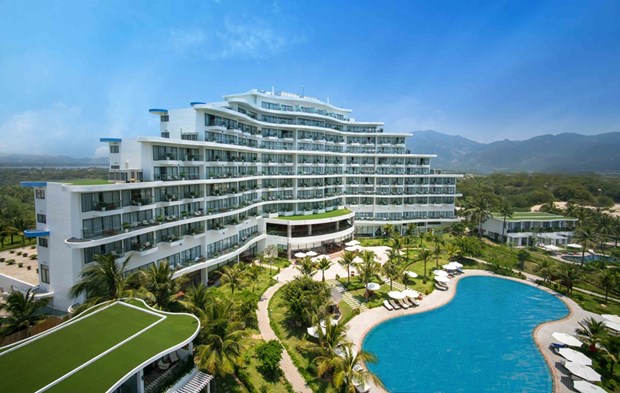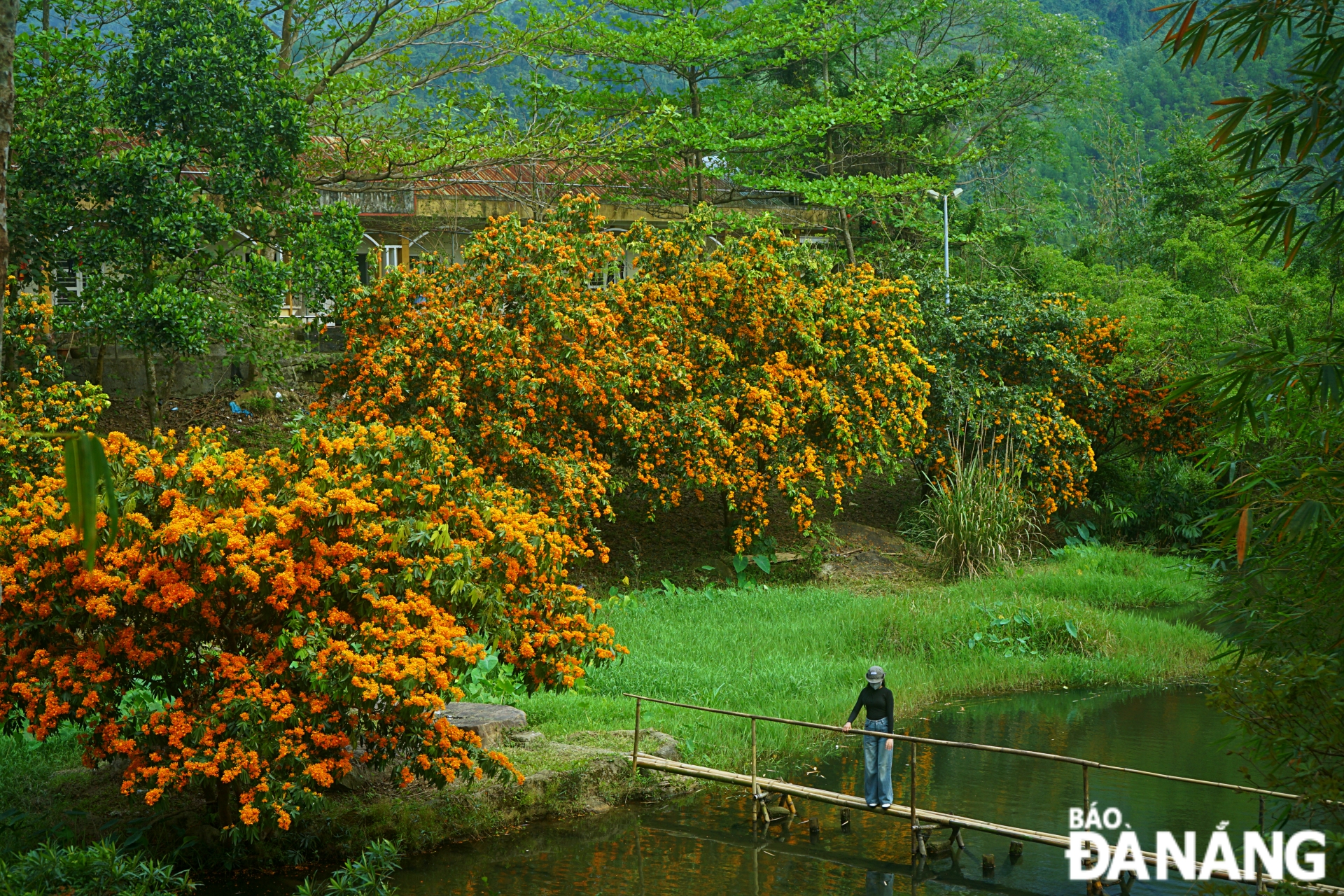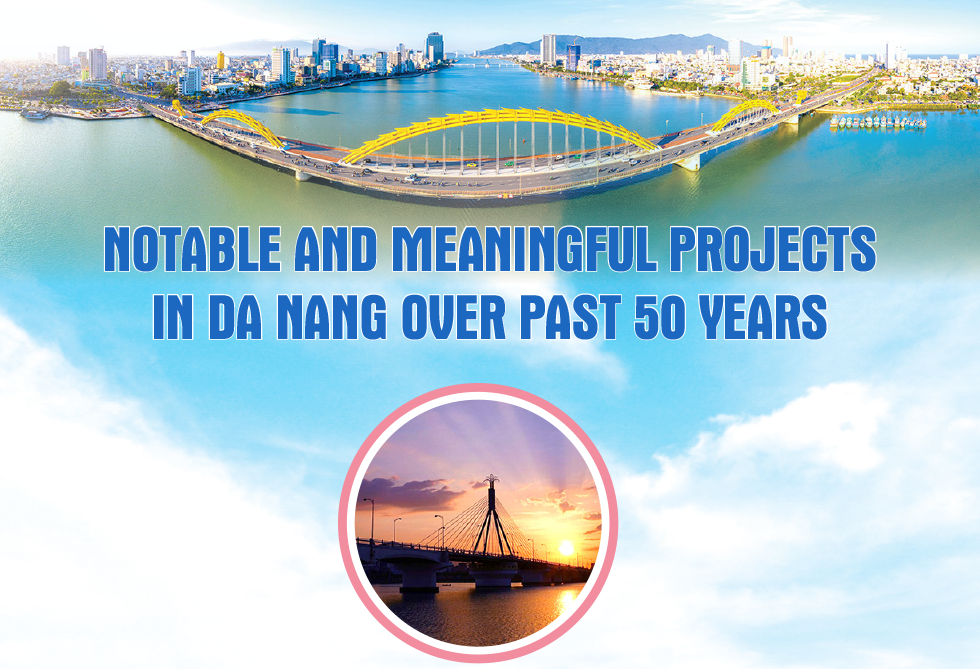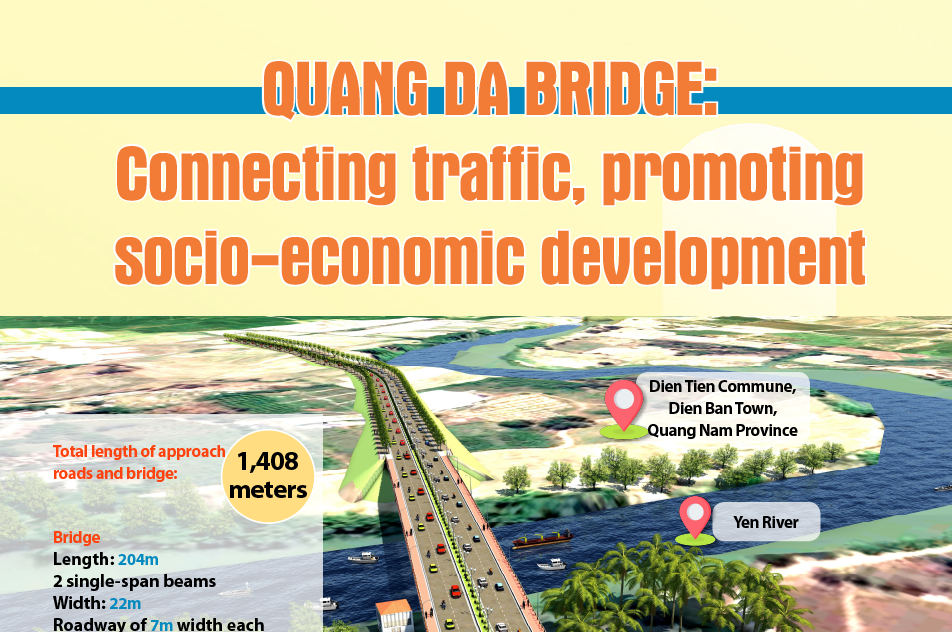Viet Nam seeing branded resort real estate trend
Viet Nam’s tourism is returning to the new normal and the resort real estate also begins getting back to the racetrack after a two-year hiatus caused by the COVID-19 pandemic, with numerous projects expected to be offered for sale in 2022.
 |
| Illustrative image (Photo: VNA) |
The trend of branded leisure real estate is expanding, especially with the participation of big brands, to help improve project quality, attract capital flows, and improve investment property value in the long run.
Pham Ngoc Thien Thanh, Deputy Director of CBRE Viet Nam Research and Consulting Division, said that the pandemic halted tourism activities in Viet Nam's coastal localities. In the pre-pandemic period, Da Nang and Khanh Hoa were destinations for a large number of international visitors, with over 3.5 million arrivals in 2019.
However, this number of visitors dropped sharply by more than 80 percent in the 2020 – 2021 period when Viet Nam temporarily closed its border.
The pandemic has also changed the tourists' “taste”, with Binh Thuan and Ba Ria-Vung Tau provinces preferred.
Thanh said that investment in the resort real estate market has shifted from traditional markets such as Da Nang and Khanh Hoa to new localities like Ba Ria-Vung Tau and Binh Thuan.
In addition, construction of key infrastructure projects such as Long Thanh international airport, Phan Thiet airport and Phan Thiet-Dau Giay expressway has contributed to creating favourable conditions for the two localities.
Ba Ria - Vung Tau has three new projects that are open for sale for the first time, namely Hyatt Regency Ho Tram Residences, Ixora Ho Tram by Fusion and Venezia Beach Binh Chau (Phase 1) with a total of 382 villas. In addition, NovaWorld Ho Tram also opened for sale a new phase of Habana Island with 372 villas.
Binh Thuan also has a new supply with 270 villas of the NovaWorld Phan Thiet project.
The average selling price has increased continuously and achieved compound annual growth rates (CAGR) of 21 percent a year for the 2018 – 2021 period in Ba Ria-Vung Tau, and 16 percent a year for 2017-2021 in Binh Tuan.
Source: VNA








